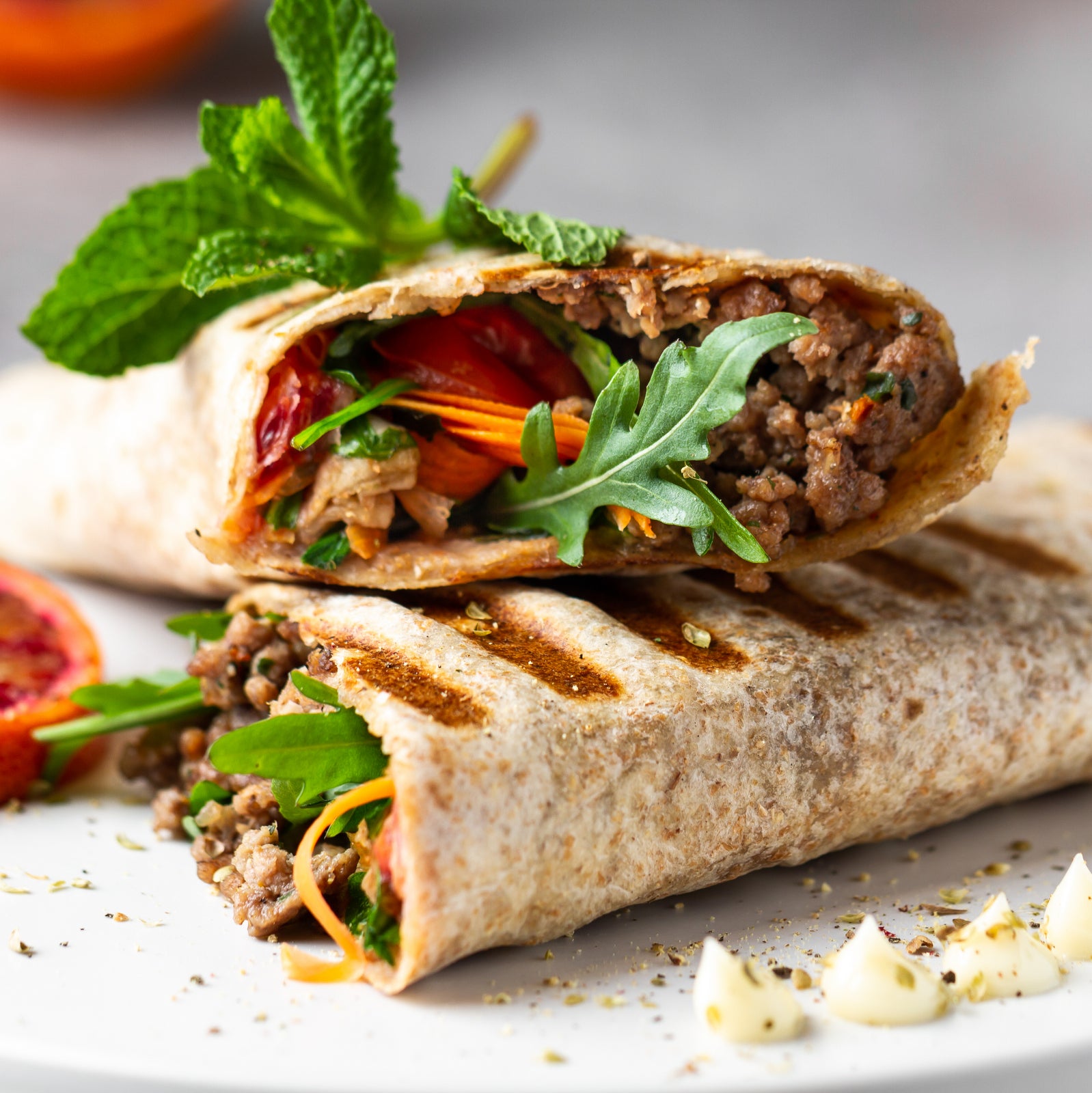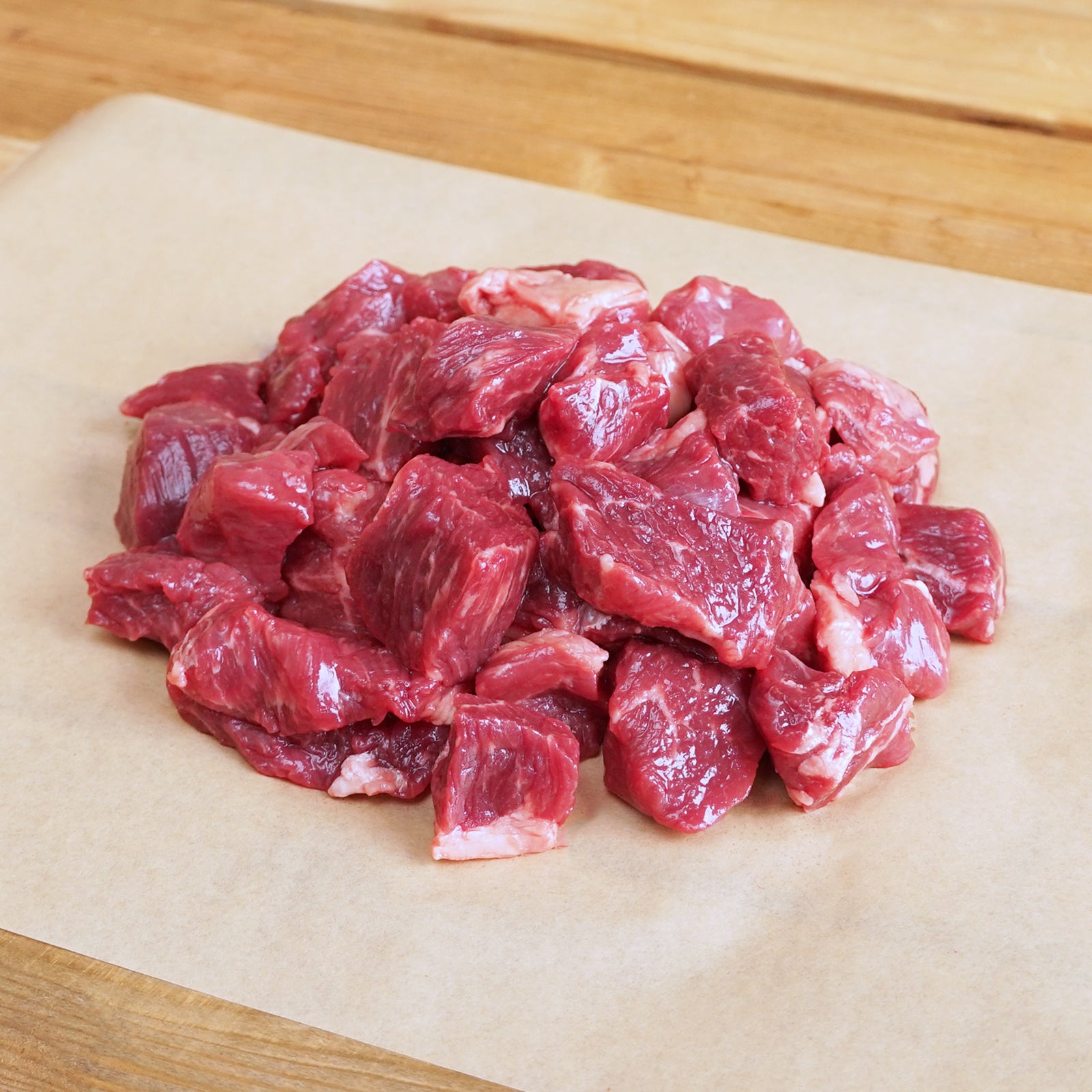Cage-Rearing vs Free-Range
Rearing methods for egg-laying chickens can largely be divided into "cage rearing" and "free-range".
Cage Rearing
Cage rearing, as the name suggests, involves keeping chickens in cages for egg production. The rearing in battery cages made of wire mesh is a typical cage rearing method in factory farming. Battery cages for laying hens are small, with only about the area of an A4 size paper. Since the cages are small, they can be stacked, allowing a large number of chickens to be kept in a small area. Eggs can also be automatically collected, allowing for management with a smaller workforce. This method is highly efficient in production, enabling the provision of eggs at a low cost. However, chickens cannot move freely, leading to a high-stress environment prone to diseases, where they spend their entire lives. As of 2021, over 95% of Japan's laying hens are kept in cages.1
Free-Range
In contrast to cage rearing, free-range rearing allows chickens to roam freely in their environment. Chickens can peck at the ground, run around, and move their bodies extensively, following their natural instincts. Chickens that exercise develop strong, healthy bodies. By laying eggs in secure, small areas, resting on perches, and living in a less stressful environment, chickens grow up healthier and less reliant on medications.
Types of Free-Range Rearing
Even within free-range rearing, it's important to note that the specific environments and other rearing conditions can vary by producer. Besides rearing chickens on outdoor grasslands in a manner close to pasturing, there are methods of free-range rearing inside henhouses and "aviary systems," which provides multi-tiered areas within henhouses for chickens to exercise. Even these chickens reared in free-range environments might be given growth hormones or antibiotics.
The eggs we offer here at Horizon Farms come from chickens that have been raised freely in spacious outdoor areas. These chickens are raised in environments where they can bask in the sun, run on the soil and grass, climb trees, take dust baths, and fully enjoy their preferences. Of course, no chemical substances like growth-promoting hormones or antibiotics are used, and the chickens are fed a diet of non-GMO, high-quality feed.
Worldwide Efforts to Improve Egg-Laying Poultry Farms
Many countries are implementing bans or regulations on the cage rearing of laying hens. Some countries have recently started these efforts, while others have been doing so for over ten years. In Switzerland, battery cage rearing has been banned since 1992, and as of 2024, the cage rearing rate is said to be 0%. The United States also has bans or regulations in some states, and major retail companies have announced policies not to use eggs produced by cage rearing. Other countries, including many in Europe, New Zealand, Sweden, and Finland, are still actively working on improving the rearing environments for laying hens.
Egg-Laying Poultry in Japan
As mentioned, about 95% of eggs in Japan are produced in cage rearing environments. Windowless henhouses are also becoming more common. It's unclear how many producers actually practice beak trimming (to prevent pecking among chickens) or forced molting (a practice to induce molting through short-term fasting for rejuvenation and increased egg production), but these practices are not banned in Japan.
Why the Problem Continues
One of the main reasons cage rearing continues in Japan is the higher cost associated with free-range and outdoor rearing. Free-range rearing has lower production efficiency per area, leading to higher egg prices. The spread of windowless henhouses is also largely due to concerns about infectious diseases like bird flu. It's easy to point fingers at Japan and other countries for continual cage rearing, but one must also consider the tough challenges of each country given their climate and geography. Regardless, we believe that from the perspective of animal welfare, the rearing environment for laying hens should be improved as much as possible.
How We Can Improve
It's important for more and more people to become aware of the differences between cage-reared and free-range eggs so we can improve the rearing environment for laying hens. Instead of choosing eggs based solely on price, knowing where the eggs come from and making informed choices based on that knowledge is crucial. Interest in the rearing environment for chickens can lead to the creation of happier chickens and cleaner eggs.
Free-Range Eggs from Horizon Farms
Horizon Farms offers eggs from chickens raised in near-natural environments, completely free to roam. These chickens are raised without chemical substances like growth-promoting hormones or antibiotics and fed a diet of non-GMO, high-quality feed. These are healthy eggs, full of vitality, from chickens that have grown up moving freely. Give them a try and taste the difference.
Disclaimer: Please note that while our explanations are correct they are very simplified for shortness and understanding. We encourage you to do further research on this topic.
 |
About the author: Sam Tumeh (Founder & CEO of Horizon Farms, Inc.) has joined the consumer food and meat industry of Japan in 2010. |






















